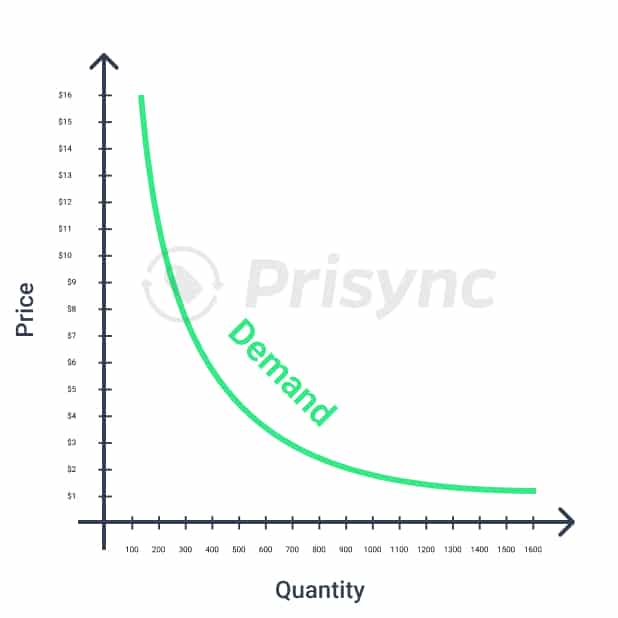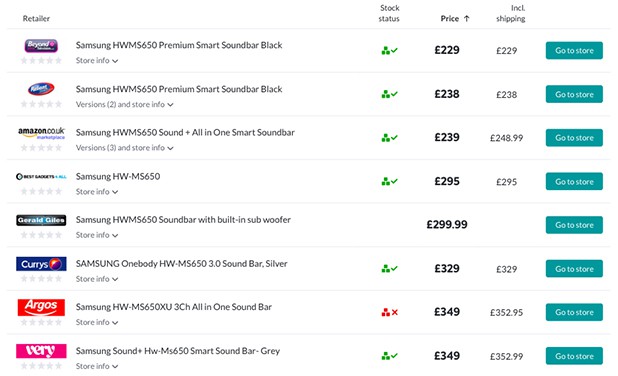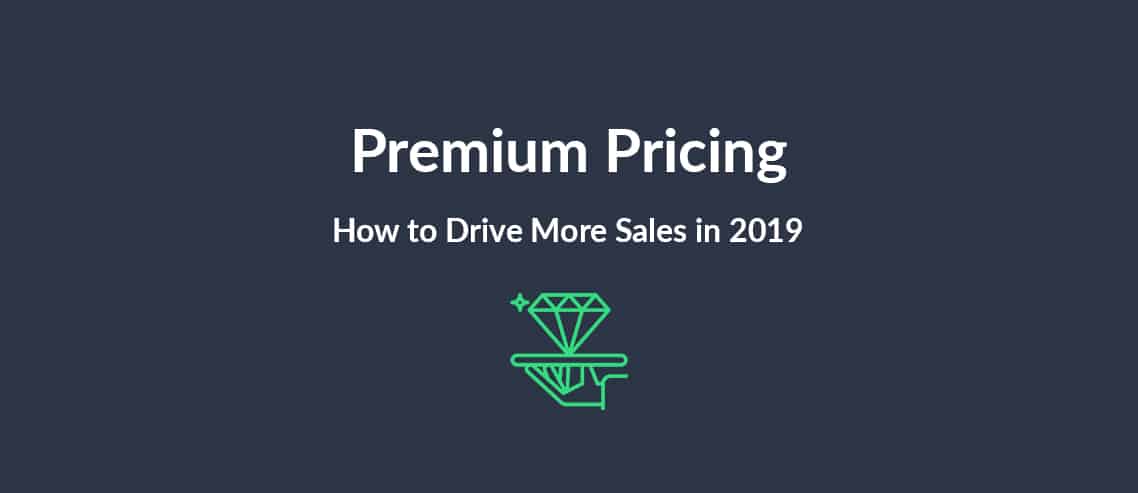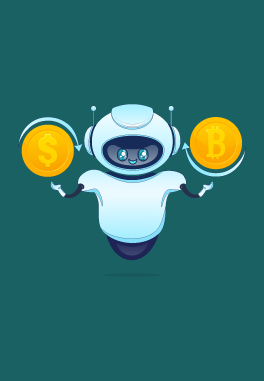Estimated reading time: 4 minutes
Table of contents
When you’re reading business blogs to find the strategies that best fit your business, you often come across a term—price point. You wonder, what’s the difference between price point and price? It’s a fundamental knowledge you certainly need to know as an online retailer, so we’ve explained it.
What is a price point?
Price point refers to a point on a scale of possible prices. Out of these possible points, some yield higher profits.
Demand curve of a hypothetical product

To help you picture it, here is a hypothetical demand curve comprising numerous different price points.
As seen, an $8 (will refer to it as point A) price tag attracts more customers, but profit per unit is higher at $14 (will refer to it as point B).
Which one is more profitable?
If the per-unit cost is 50 cents, we make $2250 at point A and $2100 at point B.
In another scenario where the per-unit cost is $7,5, we make $150 at point A and $700 at point B.
If we had a realistic demand curve at hand in real life, pricing would be a breeze. But that’s not the case.
In real life, we don’t know how the demand is affected by a change in price. And in fact, the level of change itself is not static.
Why don’t we know the exact numbers on the curve?
The size of a product market
If we had a market economy constituted of 1000 people, we could go and ask each of them what would they be willing to pay for this product. However, in modern economies, it’s impossible to know what would each person pay for a product.
That’s why retailers test different price points on that curve to find out what the outcome will be. Sellers do not always choose to be the cheapest in the market since it may not result in the highest profit.
Now that you know the difference between price and price point, it’s helpful to have a handy way to remember the two.
All you need to keep in mind is that a price point refers to a hypothetical, potential price. For example, you might predict that you’ll be able to sell 1000 t-shirts at a £5 price point. Whereas the price is the actual price it sells or sold at.
If you sell a product for a price that is too below its market average, everyone will come to your store. But that’s not reasonable for two reasons. First, if you set a price that is too cheap, you can go bankrupt. We need to be sure that you’re covering your costs.
Moreover, you’d be leaving money on the table. Look at the top-ranked store below.

Suppose this retailer paid £180 per unit to the supplier. The owner could sell it for £200 and still make a profit. But why should she? She offers the best price, so the bargain hunters will come and look for her.
Example
Let’s look at an example of the price point used in real marketing material.
Having an array of price points — low to high — allows customers to choose which price works best for them.
Rafi Mohammed, Why Good-Better-Best Prices Are So Effective
Rafi Mohammed is talking about a hypothetical, potential range of prices, so uses the term price point.
Takeaways
So what have we learned?
Well, the first thing to note is there is a very hazy line between the definitions of price and price point.
Although there are instances where the two have different meanings, there are also just as many instances where the two are used in different circumstances despite both having the same meaning.
If you do read either instance of the phrase, make sure you look closely as to the context in which it was used to ascertain it’s meaning.
As an e-commerce owner, it’s vital for you to fully grasp the difference between the two concepts. It’s a fundamental knowledge highly valued in the business circles that every business owner and marketer should know of.
Frequently Asked Questions
Price is the actual amount of money given in exchange for a product/service. Price point, on the other hand, is a point on a scale of possible prices for a product.
On a hypothetical demand curve, there are numerous price points that yield different levels of demand. A seller can test these points to obtain the optimal price/demand ratio.
There are multiple pricing strategies you can choose from or combine into a unique one when determining a selling price. Learn these strategies and pursue the one that fits your business goals.



Thank you for writing this article. Very helpful to me. I bet my 100K followers on Tiktok will also enjoy this. Will def share with them.
Thanks a lot for recommending us! Hope you'll find more of that useful information here!
Great tip about how e-commerce dials in on proper pricing. I need to get sales tags printed for my store. I'll have to make sure they have accurate prints.